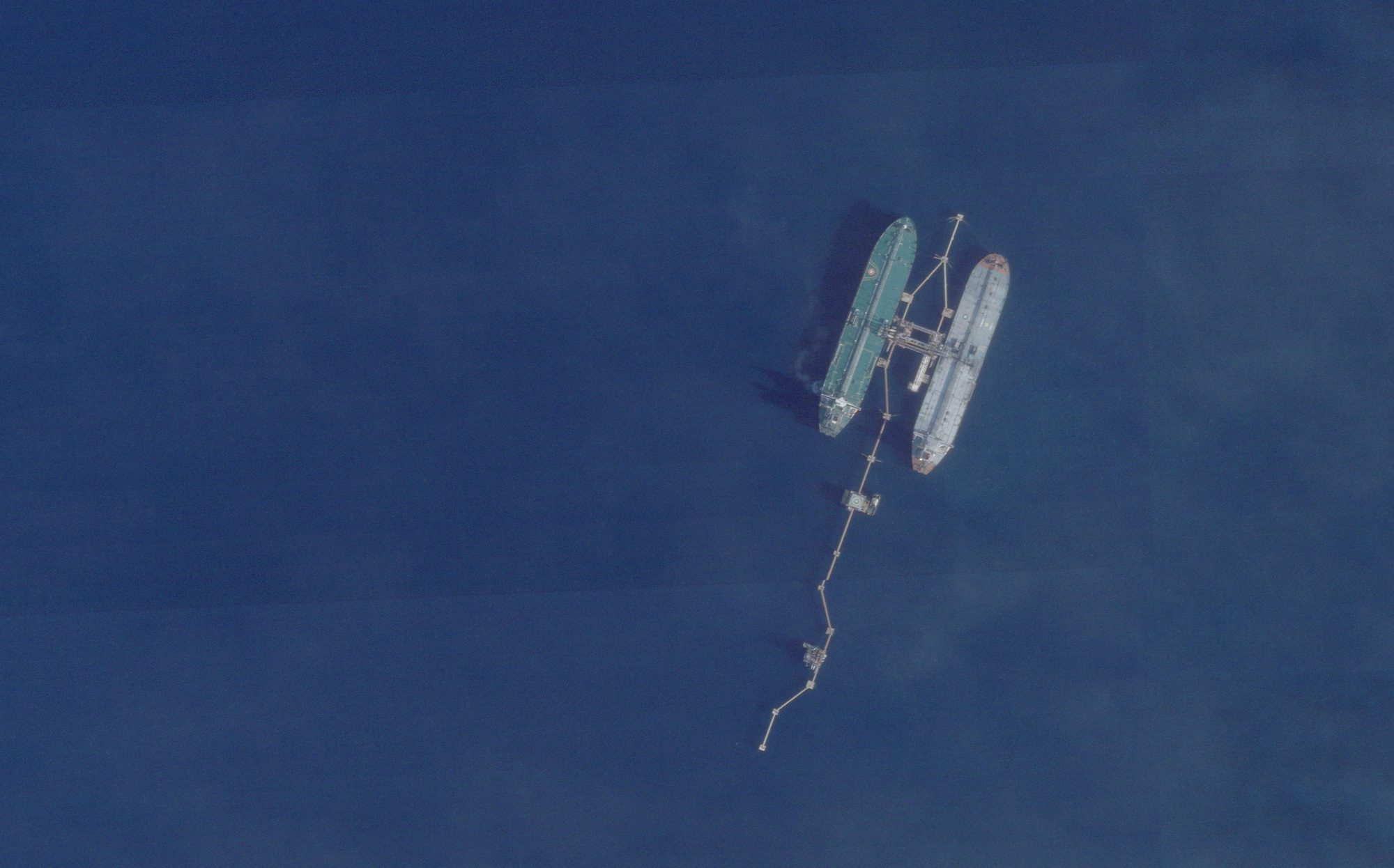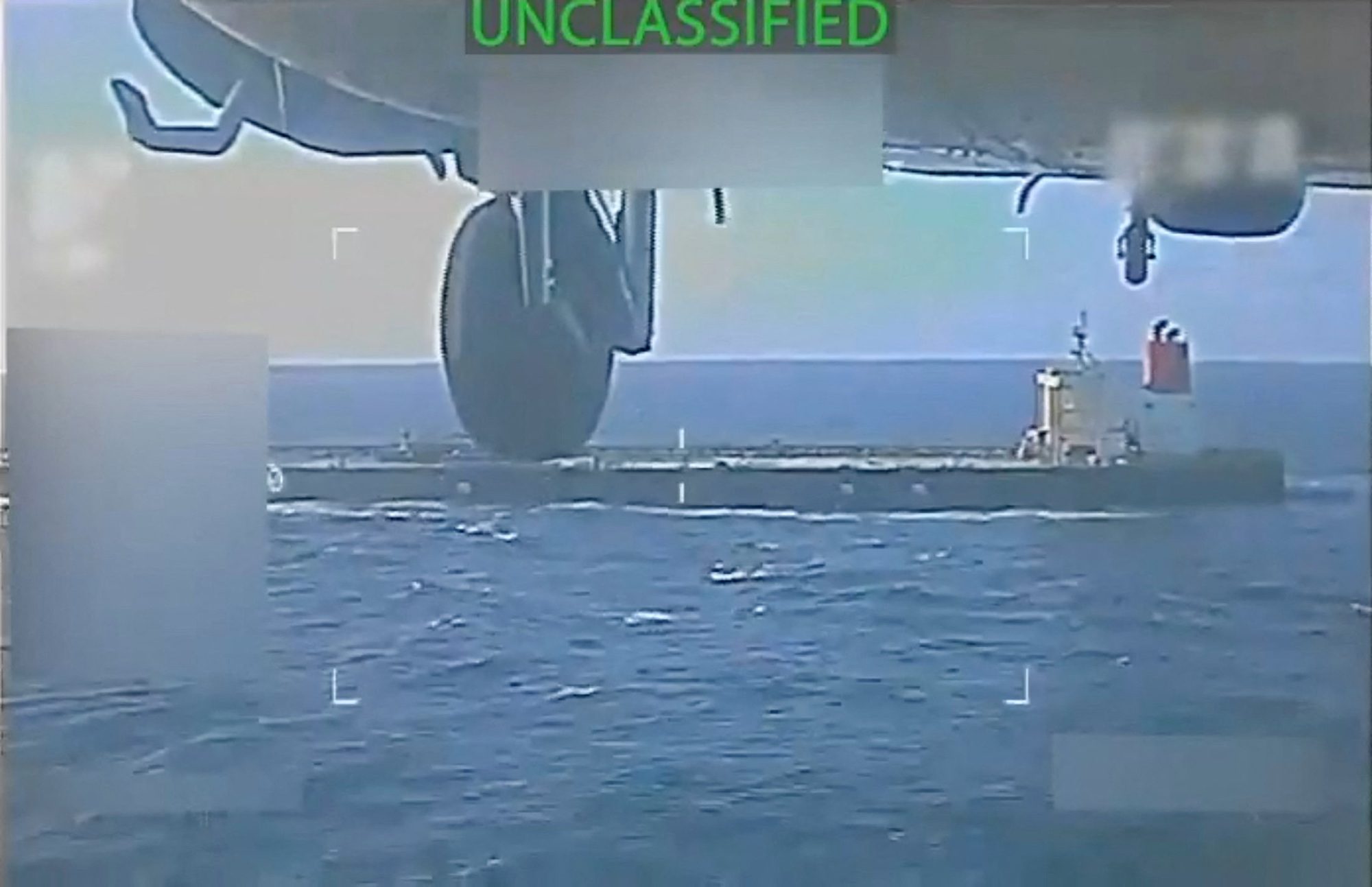By Brendan Murray
May 14, 2025 (Bloomberg) –The world’s No. 5 container carrier is seeing a jump in business this week after the US and China lowered tariffs, the company’s CEO said, as the trade war cease-fire unleashes a wave of pent-up demand for transpacific shipping.
“The last couple of days we see a huge surge of volume and now we need to see how long that lasts,” Rolf Habben Jansen, chief executive officer of Hamburg, Germany-based Hapag-Lloyd AG, told Bloomberg Television on Wednesday.
He estimated the boost at more than 50% compared with recent weeks, “so it’s pretty significant.” Bookings from China to the US, which were down sharply over the past few weeks, have rebounded strongly with other regions “all remaining pretty stable,” Jansen said.
US President Donald Trump’s 145% tariffs on Chinese imports, and Beijing’s 125% retaliatory levies on American goods, halted most trade between the world’s largest economies since early April, dimming the growth outlook for both nations.
A 90-day truce was announced Monday, under which the US dropped its duties to 30% and China lowered its own to 10%.
Cautious Optimism
In the interview, conducted after Hapag-Lloyd reported first-quarter results, Jansen said that while there’s “limited visibility” into the future given the uncertainty around tariffs, “I still remain cautiously optimistic that we will not run into a recession.”
Major shipping lines including Hapag-Lloyd have been avoiding sailing through the Red Sea since late 2023, when Yemen-based Houthis started attacking commercial ships transiting the waterway. Diversions around southern Africa along a much longer route have constrained global container capacity and underpinned seaborne freight rates.
Read more: Trump Says Houthis to End Ship Attacks, US to Cease Bombing
Even after Trump’s announcement earlier this month that the Houthis would stop bombing ships, it’s still uncertain that security for commercial vessels will be assured longer term, Hapag-Lloyd indicated Wednesday.
“It remains unclear when passage through the Red Sea will be safe again, meaning that increased transport costs are still to be expected due to the necessary diversion of vessels around the Cape of Good Hope,” the company said in its quarterly report.
‘Remain Safe’
In the Bloomberg TV interview, Jansen added that “we need visibility that it is safe and that it is going to remain safe for a longer period of time, because what we want to avoid at all costs is to go in and out.”
Returning to Red Sea routes through the Suez Canal routes poses a “real risk to create a lot of congestion which is something everyone wants to avoid,” he said. “For that reason, what we will try to do is that as soon as it’s safe again, we’ll make a plan to gradually go back through Suez to avoid that ports collapse and make sure that supply chains keep flowing.”
When it’s ready to be implemented, that rerouting process could take 60 to 90 days, he added.
In February, Hapag-Lloyd started a vessel-sharing alliance known as the Gemini Cooperation with Copenhagen-based A.P. Moller-Maersk A/S, the world’s No. 2 container line.
© 2025 Bloomberg L.P.

 Join The Club
Join The Club










